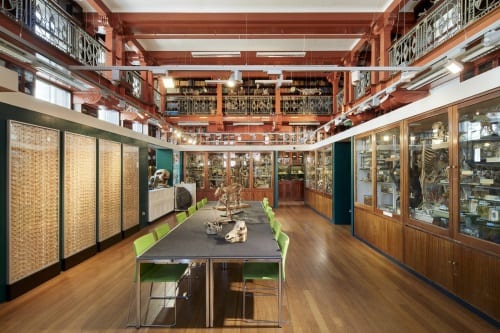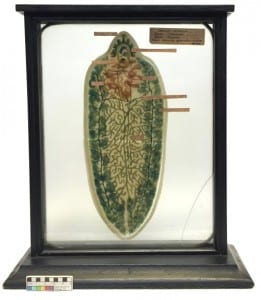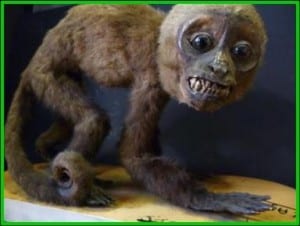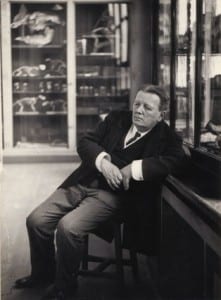Teaching in the Grant Museum
By Tannis Davidson, on 15 October 2018
At UCL, Term 1 is now fully underway – ID cards have been issued, classrooms have been located and routines have been established. Object-based teaching has also begun at the Grant Museum where students from UCL and throughout the London area will have the opportunity to use museum specimens in their practicals.
During a typical academic year, around 2500 university students use the Grant Museum collection as part of their formal coursework on a wide range of courses including zoology, palaeontology, the history of art, geography, museum studies, communication and even dance. The Museum and its collection is also used by students for project work and postgraduate research or as a testing ground for museum engagement, new technologies and visitor research.
The Grant Museum invites use of its collection for teaching to any faculty at UCL. We’re pretty good at what we do (if we do say so ourselves), because we’ve had 190 years of practice… (more…)
 Close
Close






